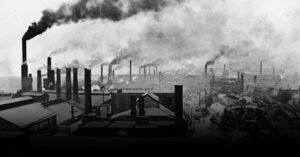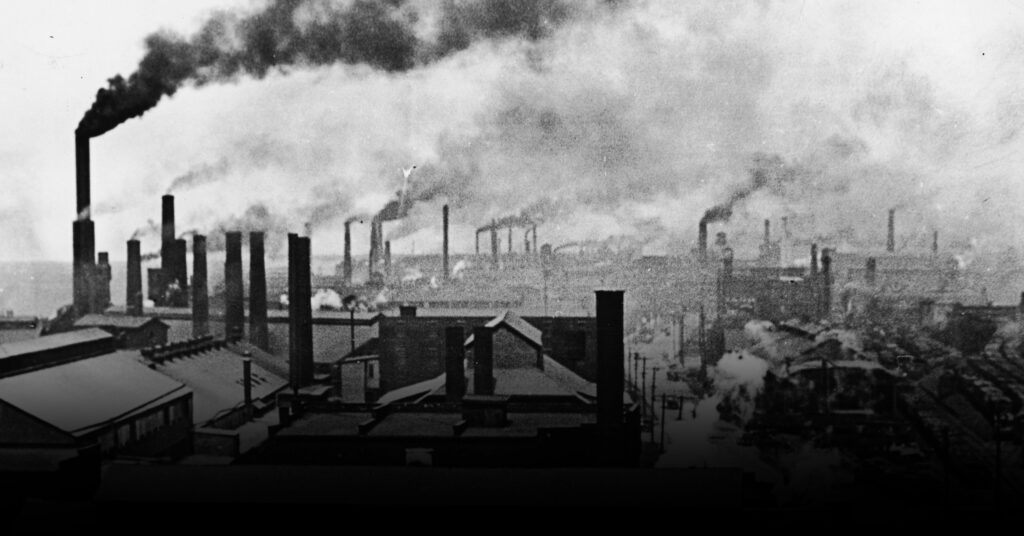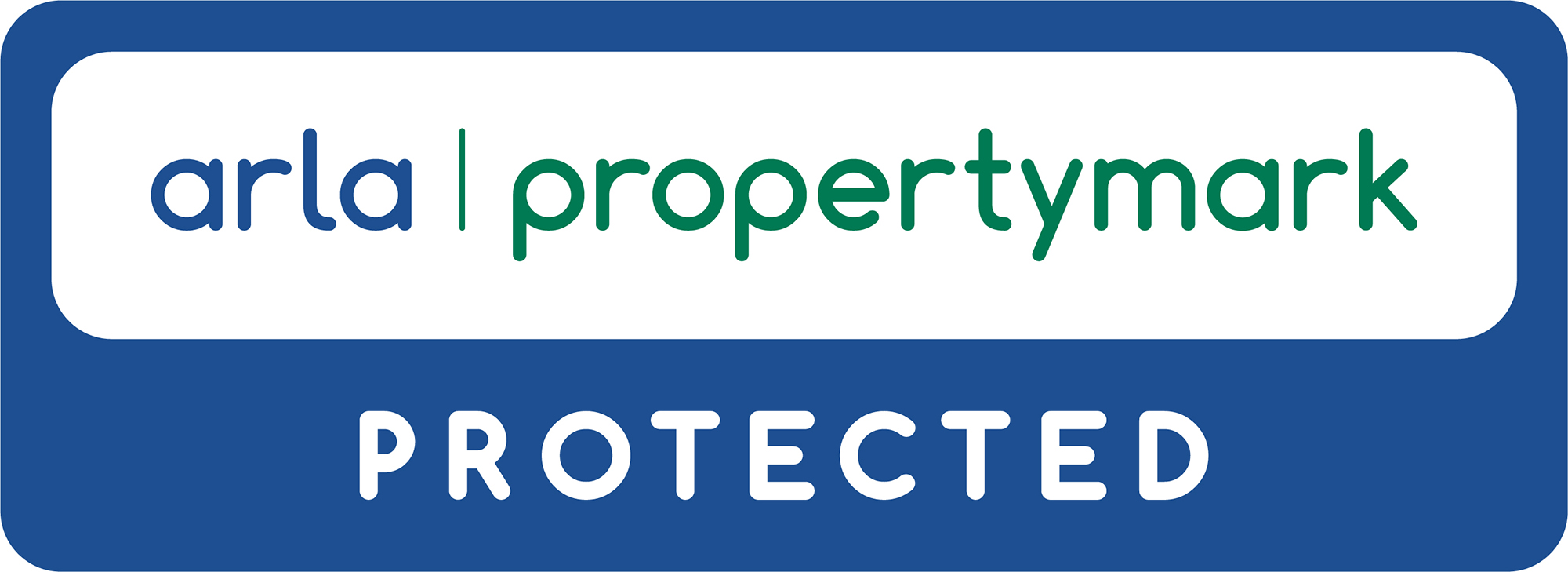An understanding of Residential Properties on Brownfield/contaminated Sites
This is something that has reared it’s ugly head lately in the wonderful world of conveyancing and we thought we should address what exactly is contaminated land and should you be worried?
In an era marked by increasing housing and limited available land, repurposing contaminated or brownfield land has emerged as a sustainable solution for meeting the growing demand for housing while simultaneously addressing environmental concerns. Brownfield sites, which refer to previously developed land that may have been contaminated, hold immense potential for redevelopment. This article delves into what it means for land to be contaminated and examines why building residential properties on such land can be a viable and beneficial option.
Contamination refers to the presence of hazardous substances or pollutants in soil, water, or air, which can be detrimental to human health and the environment. Common sources of contamination include industrial activities, waste disposal sites, chemical spills, and historical land uses that involved toxic materials. Contaminants can include heavy metals, petroleum hydrocarbons, pesticides, asbestos, and more. However, it’s important to note that not all brownfield sites are heavily contaminated, and many are remediated effectively to ensure safe development & to obtain planning permission prior to building. This is a quote taken directly from Bolton Council website “The approval of an application for redevelopment of land will usually be granted subject to contamination of the land being assessed and where necessary cleaned up to a standard that makes it suitable for the new use of the land. Responsibility for assessment lies with the developer”
For example, this week we had a client that received their local searches which showed contaminated land and naturally sparked an element of doubt in their minds. When we read the report, we established many years ago 500 meters (yes 500 meters) away from the property was a car garage and there had been an oil leak which triggered the contaminated land alert. The buyer was immediately put at ease once he had a better understanding of what it meant. Which unfortunately too many buyers aren’t educated and have considered pulling out of the sale. Hence why I have written this article, to try and spread awareness around what contaminated land actually means.
Contaminated or brownfield land presents a unique opportunity to address both the housing shortage and environmental concerns. By implementing rigorous remediation measures, the negative effects of contamination can be mitigated, enabling the development of safe and sustainable residential properties.
The chances are, if the house has been built, these tests and remediation measures have taken place prior to obtaining planning permission and building. And since Great Britain is the origin of the industrial revolution since the 18th Century, the likelihood is, most houses are built on some form of contaminated land. So should you be worried? We think not, however always do your own research to put your mind at ease!








